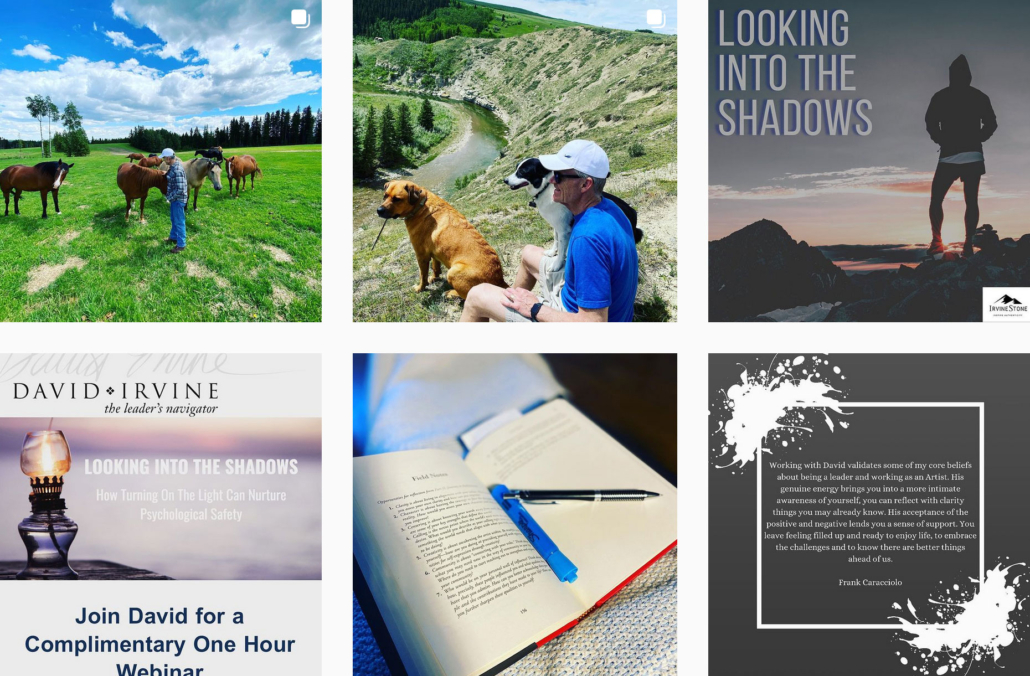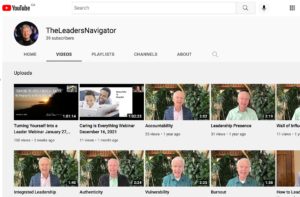A tough load to carry
The last few years have been difficult. People have struggled and persevered and faced tremendous challenges. Organizations and families have been divided. As leaders, we may have carried an extra burden to ensure our businesses continued to thrive and grow. It’s not easy when there’s hardship all around and you feel you have to be strong all the time.
How, as leaders, do we reconcile the need to be steadfast, confident, and strong with the reality of being human?
Here are three suggestions:
1. Be real. It takes courage to openly face your feelings and It will earn you respect. It’s also healthier for you and for the people you serve. Facing your emotions decreases your risk for developing PTSD symptoms in times of crisis and adversity.
2. Show up. Don’t put your emotions in the driver’s seat. Being emotional has nothing to do with being weak. Take a few moments to be human, then be a human that rolls up their sleeves and gets back to work. Openness and honesty about our own feelings opens the door to be there for others This is what builds a strong community.
3. Have a support system away from work. Don’t rely on your team to take care of you. That’s not their job. We all need a trusted confidant away from work to support us, provide perspective, and hold us accountable through the hard times.


